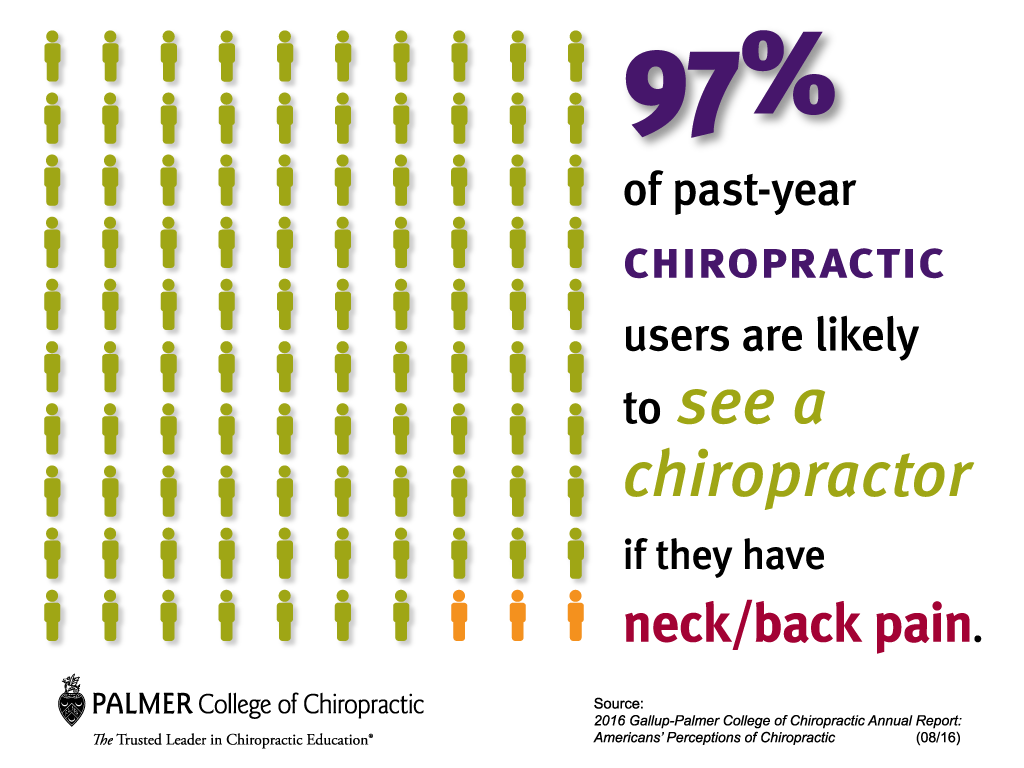The Relationship Between Neck And Back Pain And Your Wellness: Common Problems And Their Signs And Symptoms
The Relationship Between Neck And Back Pain And Your Wellness: Common Problems And Their Signs And Symptoms
Blog Article
Produced By-Suarez Hamilton
If you're experiencing neck and back pain, your body could be attempting to inform you something greater than just discomfort. The means your back feels can supply useful ideas about your overall wellness. Understanding the particular kind of pain you're feeling and any type of going along with symptoms is key to untangling the secret behind your discomfort. Let's check out the common conditions and signs associated with different types of back pain to shed light on what your body may be signaling.
Kinds Of Pain In The Back
When it involves neck and back pain, there are numerous types that you may experience. One usual type is muscle mass pain, usually triggered by overuse, pressure, or injury to the muscles and tendons supporting the back. This kind of discomfort can range from moderate discomfort to serious and incapacitating pain.
best acupuncture dc is nerve discomfort, which can result from conditions like herniated discs or sciatica. Nerve pain often provides as a sharp, shooting feeling that emits down the leg.
Joint pain in the back can originate from concerns like joint inflammation or sacroiliac joint dysfunction. This kind of discomfort is typically really felt in the lower back and can be aggravated by specific motions.
Furthermore, neck and back pain can be associated with structural issues such as spine stenosis or vertebral fractures. Comprehending the type of back pain you're experiencing is crucial in establishing the proper treatment and management strategies.
Common Effects to Watch For
Relocating beyond the different kinds of neck and back pain, it is essential to recognize the usual signs that can signify underlying problems.
Persistent back pain that worsens with activity or in the evening can show a more significant problem. Pins and needles or tingling in the legs or feet, especially when accompanied by weak point, might indicate a nerve-related concern. If you experience unexpected weight-loss along with neck and back pain, it could be a sign of a much more systemic problem.
Pay attention to any type of modifications in bladder or bowel feature, as this could be connected to spine compression. High temperature, cools, or evening sweats combined with pain in the back may signal an infection. Keep an eye out for pain that emits down one or both legs, possibly a sign of sciatica.
Wellness Issues Linked to Pain In The Back
If you experience neck and back pain, it's vital to understand the potential wellness problems linked to this discomfort. Back pain can be a signs and symptom of various underlying issues, including muscle stress, herniated discs, osteoarthritis, spine stenosis, and also conditions like kidney stones or infections.
Muscle mass pressures are common and often arise from lifting hefty objects or unexpected movements.
Herniated discs happen when the soft tissue in between vertebrae protrudes, causing nerve irritability.
nyc acupuncturist , a degenerative joint disease, can cause neck and back pain as cartilage material wears down.
Spine constriction, the constricting of the spinal canal, can put pressure on nerves.
Kidney rocks might cause intense pain in the back if they relocate into the urinary system system.
Infections like back osteomyelitis can additionally manifest as back pain. Comprehending these prospective wellness problems can aid you seek suitable healthcare and administration for your neck and back pain.
Verdict
So, following time your back hurts, focus on the sort of pain and going along with symptoms. It could be a signal from your body about underlying health and wellness conditions like muscle stress, nerve concerns, joint troubles, or even structural problems. By recognizing these indications, you can take proactive steps to deal with the source of your neck and back pain and enhance your overall health and wellness.
